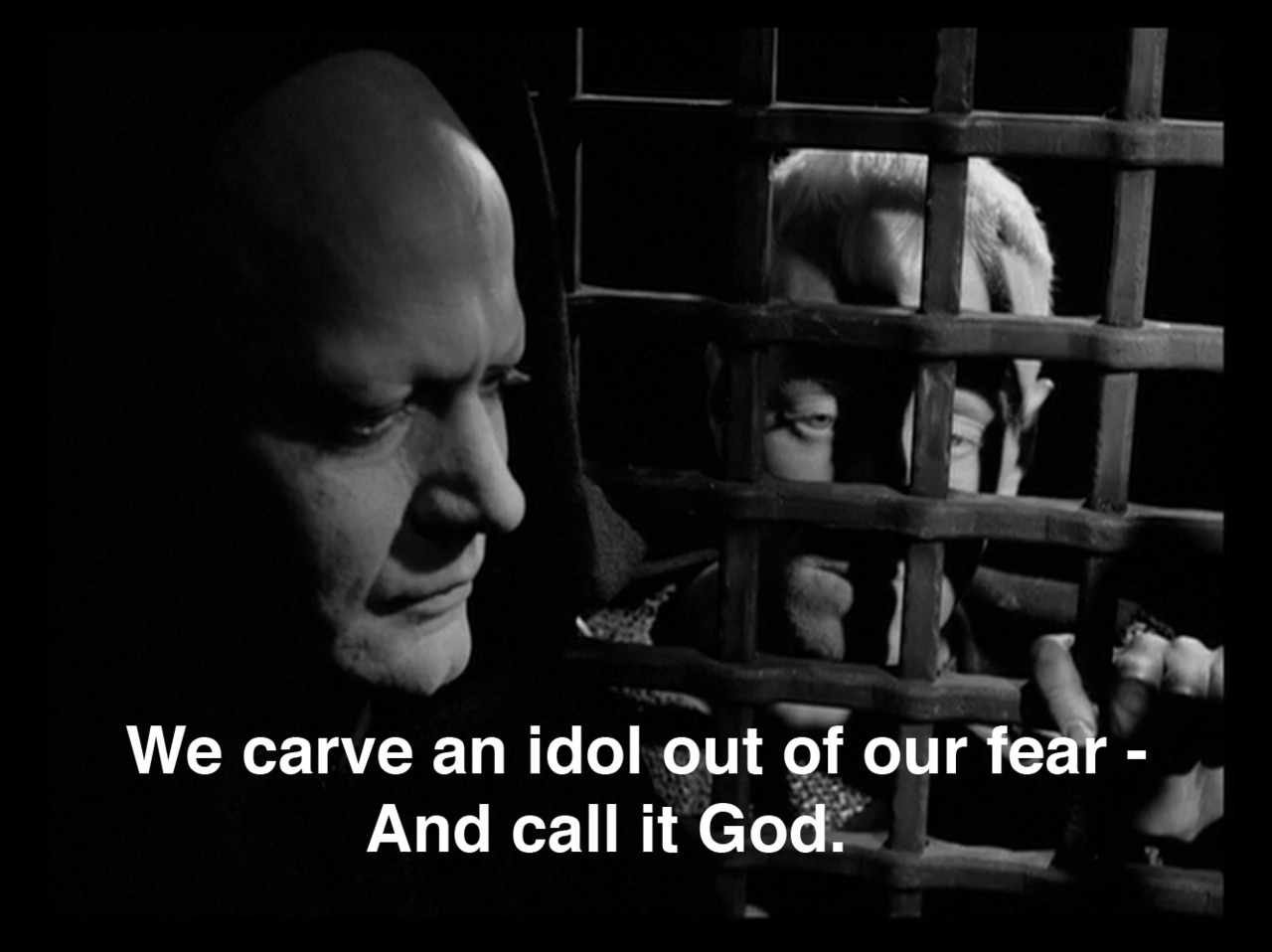The Spanish Civil War was fought between the years of 1936 and 1939 and has had a huge impact on Spanish citizens. The war was fought between the Republicans and the Nationalists (Fascists) who were led by Francisco Franco and ultimately won the war (click this link for a brief video overview of the Spanish Civil war). During Franco's rule of Spain films were highly censored showing the civil war not as a horrible battle but a holy crusade. After Franco's death however filmmakers were free to make films as they wished and many films about the Spanish civil war were released. One key director who made films which were set during the Civil War is Guillermo Del Toro.
Del Toros’s film The Devil’s Backbone (Toro G. d., 2001) is set during the civil war and shows a boys orphanage in the Spanish countryside, where one night a bomb lands and a boy is murdered who then proceeds to haunt the orphanage. The plot of the film sounds reminiscent of a children’s ghost story, pure fantasy. However, the ghost story shows more than this, it signifies the loss of innocence that occurred in children during the civil war as seen in other films such as Butterfly Tongue (Cuerda, 1999). This is emphasised at the end of the film when all of the adults have died and “children- the most vulnerable potential victims- must themselves resort to violence in order to save their lives and re-establish any sense of humanist values and of a civilized culture.” (Derry, 2009 ). Del Toro said himself in an interview that he wanted “the ghost story to prove the same thing that I wanted to prove in Pan's Labyrinth, that is the only real monsters are human.” (Toro G. D., 2006). This is shown through the character of Jacinto who represents the fascist side whose greed ultimately becomes his downfall as the gold weighs him down when he is pushed into the water.
 |
| Santi- The Ghost |
When thinking of how the supernatural is important in Del Toros films it could be seen as metaphorical, Santi haunting the children can be seen as a metaphor for how the civil war will always haunt Spain. This allegory of the ghost being likened to the war can be furthered in the Doctor's final speech in which he says “What is a Ghost? A tragedy condemned to repeat itself time and again? A moment of pain perhaps.” (Toro G. d., 2001) The same answer could be said if the word ghost was simply changed to war. “Although the orphanage lies on a remote and dusty plateau far away from the front line, the threat and dread of war is omnipresent.” (Smith, 2001). This is shown from the constant presence of the bomb in the courtyard, the mention of the civil war throughout the film and the men being lined up and shot when Dr Casares goes into town.
In conclusion it can be suggested that The Devil’s Backbone shows an allegorical take on The Spanish Civil War. The fantasy elements in Del Toro’s films means that they “can be interpreted both from national and transnational perspectives” (Davies , Shaw, & Tierney , 2014, p. 84). Audiences who know nothing about the Spanish civil war can still enjoy the film without reading into the deeper meanings.





